I'd like to share a photo essay I made 11 years ago now, as it is one that has been on my mind a little bit of late.

To give a bit of background, visiting the Normandy beach landing areas that took place during D-Day with Operation Overlord (overall name for the allied assault of North-West Europe) was something I wished to do, to explore, learn and understand.

At this point, I had only read a little about it, seen some D-Day remembrance coverage on BBC news and interactively experienced it via Medal of Honor Allied Assault. And this was something I brought up with my Grandmother. She herself had an active interest in visiting as well. As family were buried there in Ranville cemetery and the village of Houdetot as they had lost their lives. Both of which were covered under the Commonwealth War Graves Commission.
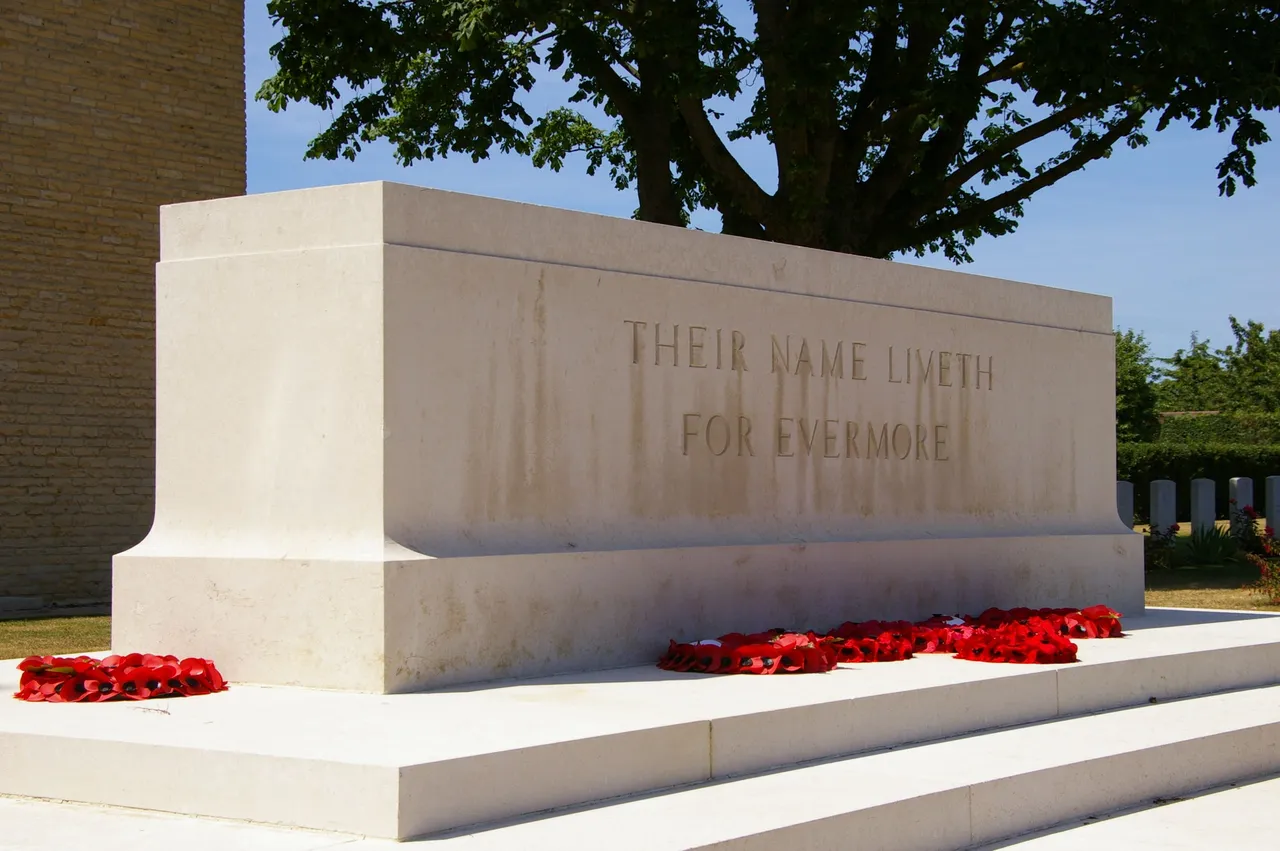
Randville being the final resting place for those involved in the events of June 6th and beyond.
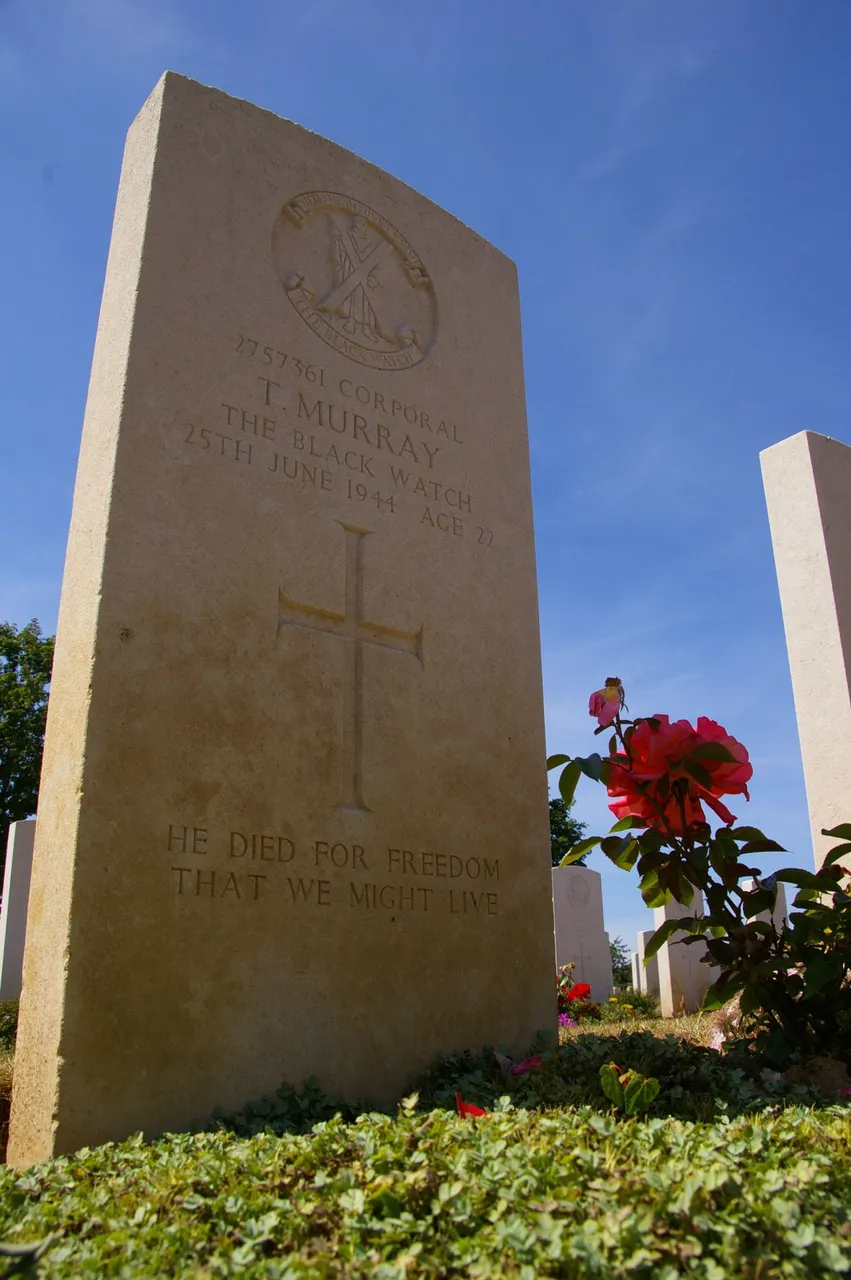
The war grave here, belonging to the cousin of my Gran. Now, this comes back to why it is on my mind. As my gran, who is now 93, had always wished to visit and around 2005 the subject came up and we decided to make the tip. We had hired a tour to visit the sites with a historian which by chance became a private tour and one tailored for us. So extra time was given for this location. I can remember how emotional it was for her at the time, as I honestly don't think she ever believes she would be able to visit them, although I know she was so thankful she did.
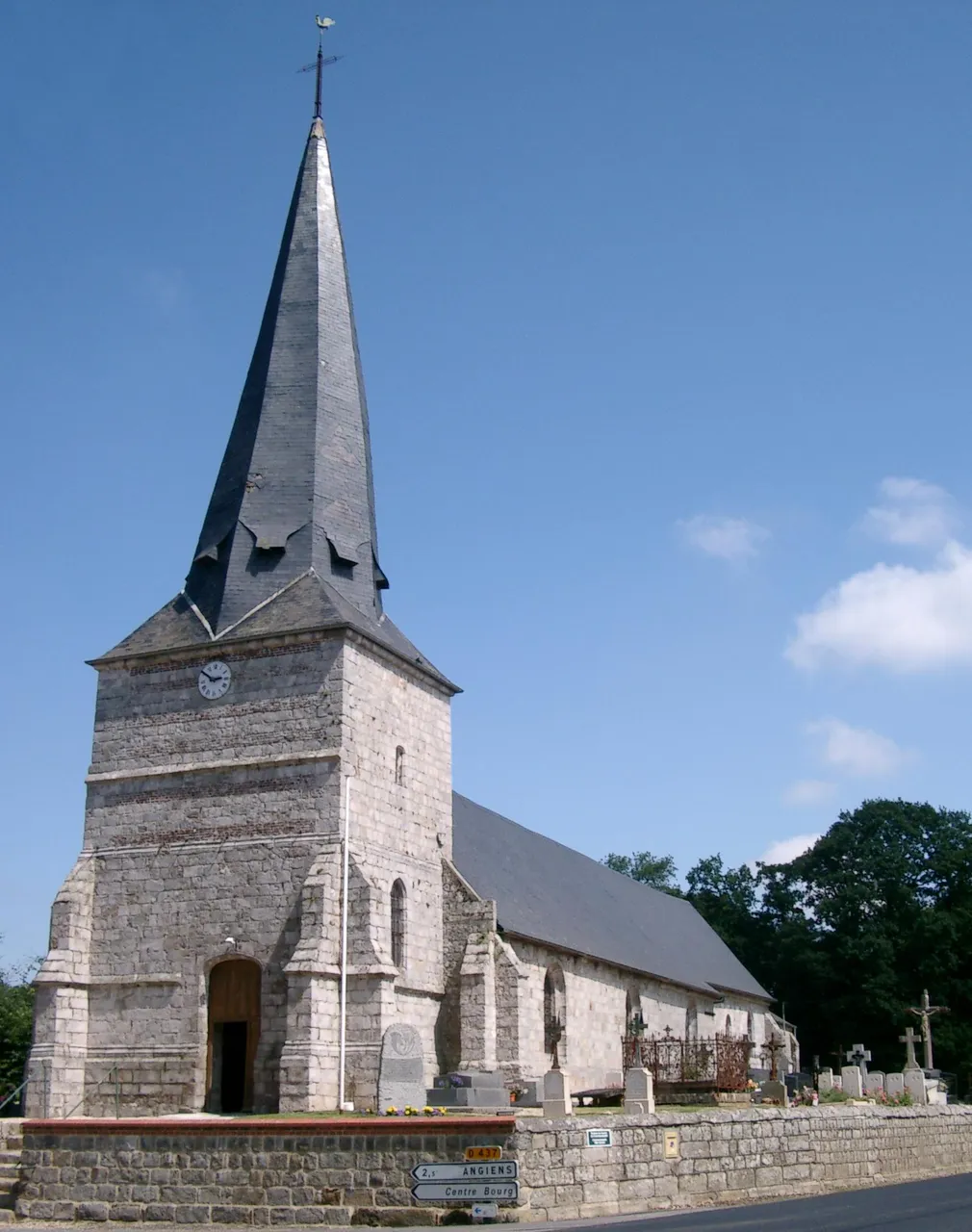
While Houdetot, a small village more northern in Normandy acted as a buffer zone for the Dunkirk evacuation were members of the 51st Highland Division were cut off from making it to Dunkirk. The division were 1100 in size, with 800 taken prisoner and the remaining losing their lives. The village holds small war graves to mark those that passed, including a relation of my gran.

Back towards Ranville, it is located just next to, what is essentially one of the key parts to Operation Overload, and that was the capturing of Pegasus Bridge (Bénouville Bridge) which is a road crossing of the Caen Canal and used as the main route for tanks to access the landing beach areas
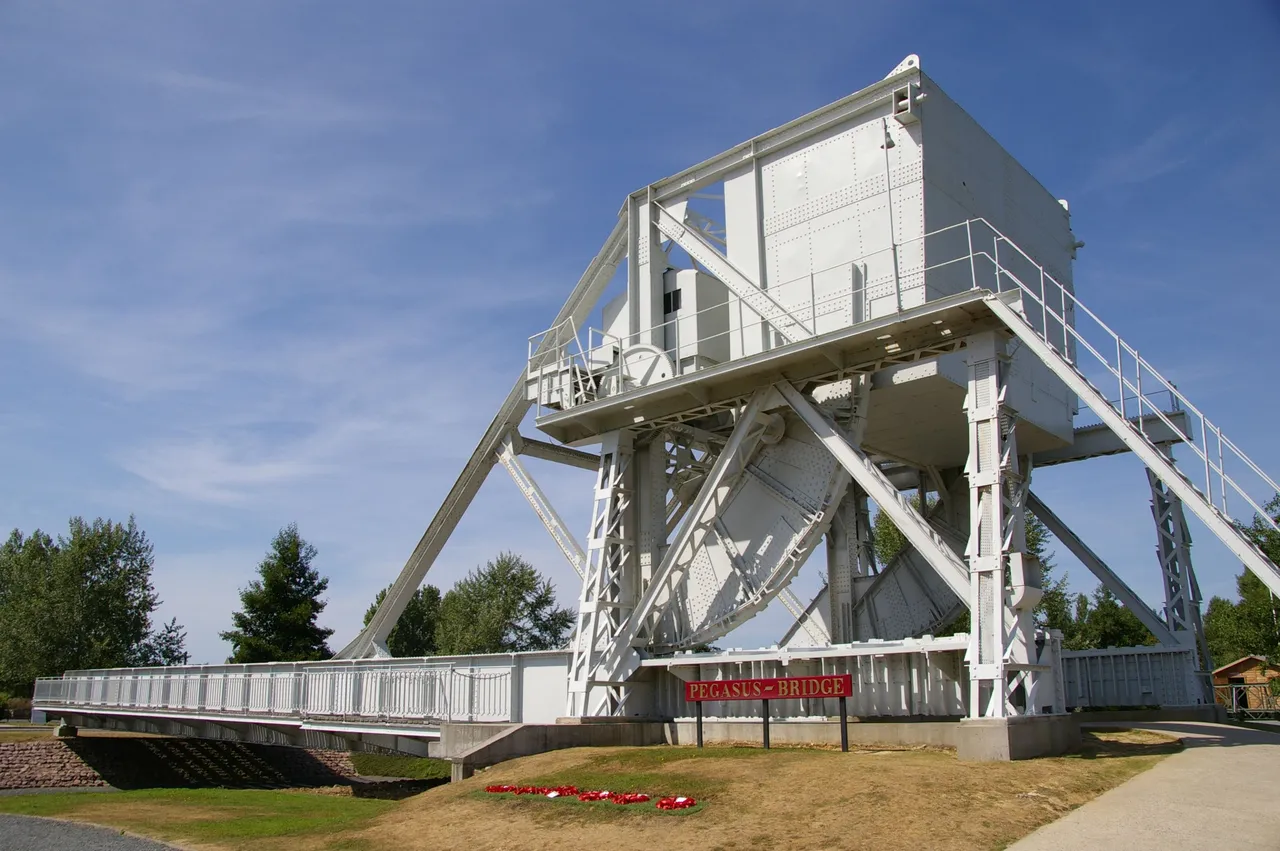
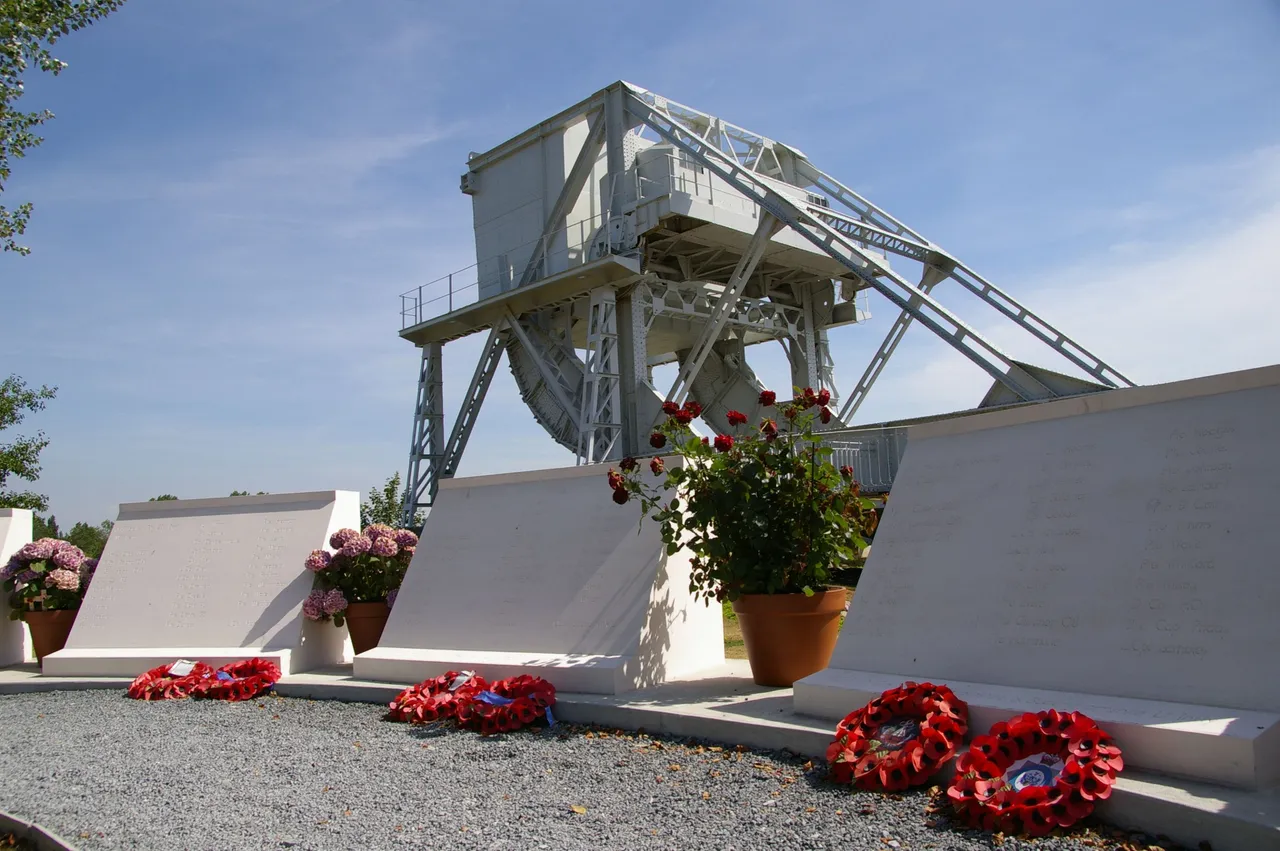
The Operation was one where the 6th Airborne Division was tasked with capturing and holding off any counterattack.
Now an airdrop from a C-47 would have alerted the forces on the ground so the use of Horsa Gliders was used during the night to give the cover of darkness without making too much noise.
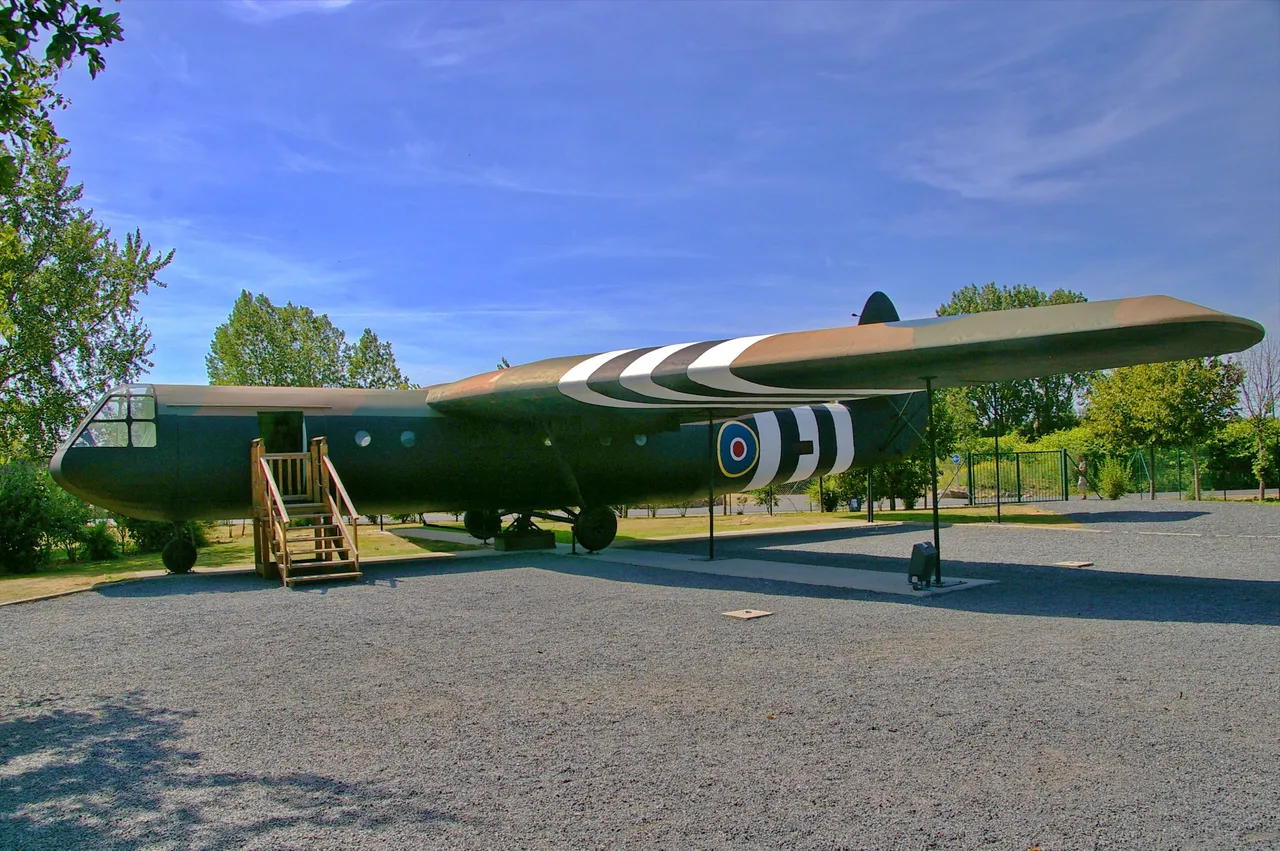
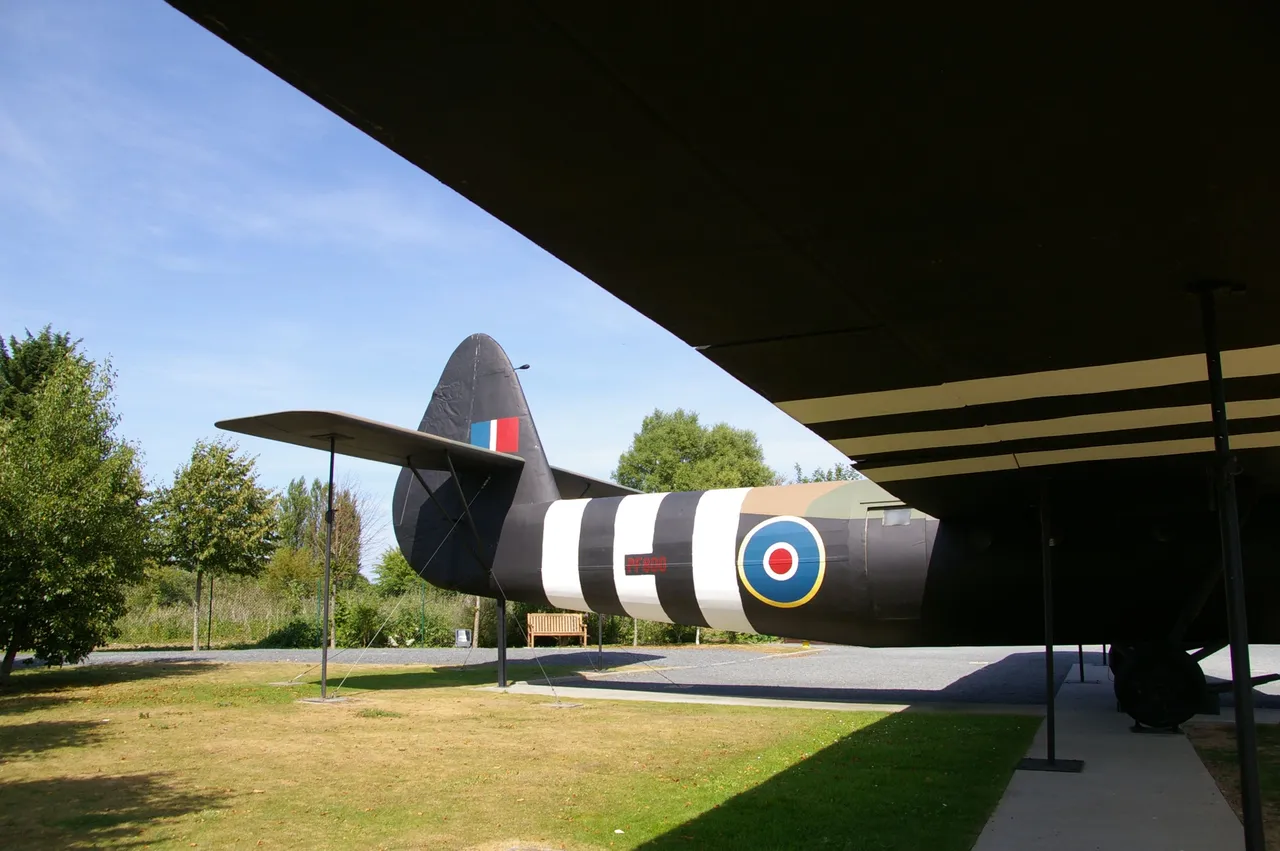
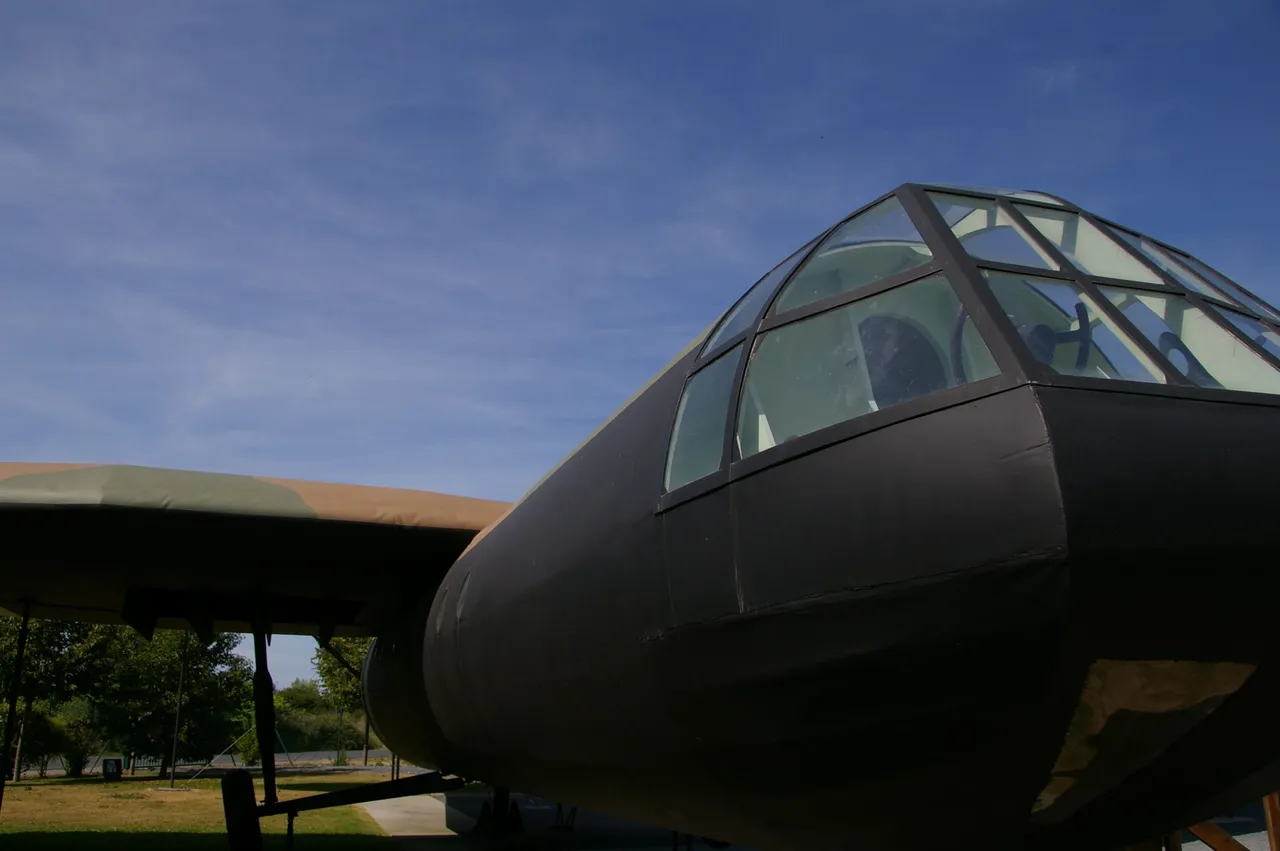
Finally we have from this area Cafe Gondree, the first house in France to be liberated during final hour of 5th of June by the 6th Airborne of the British Army.
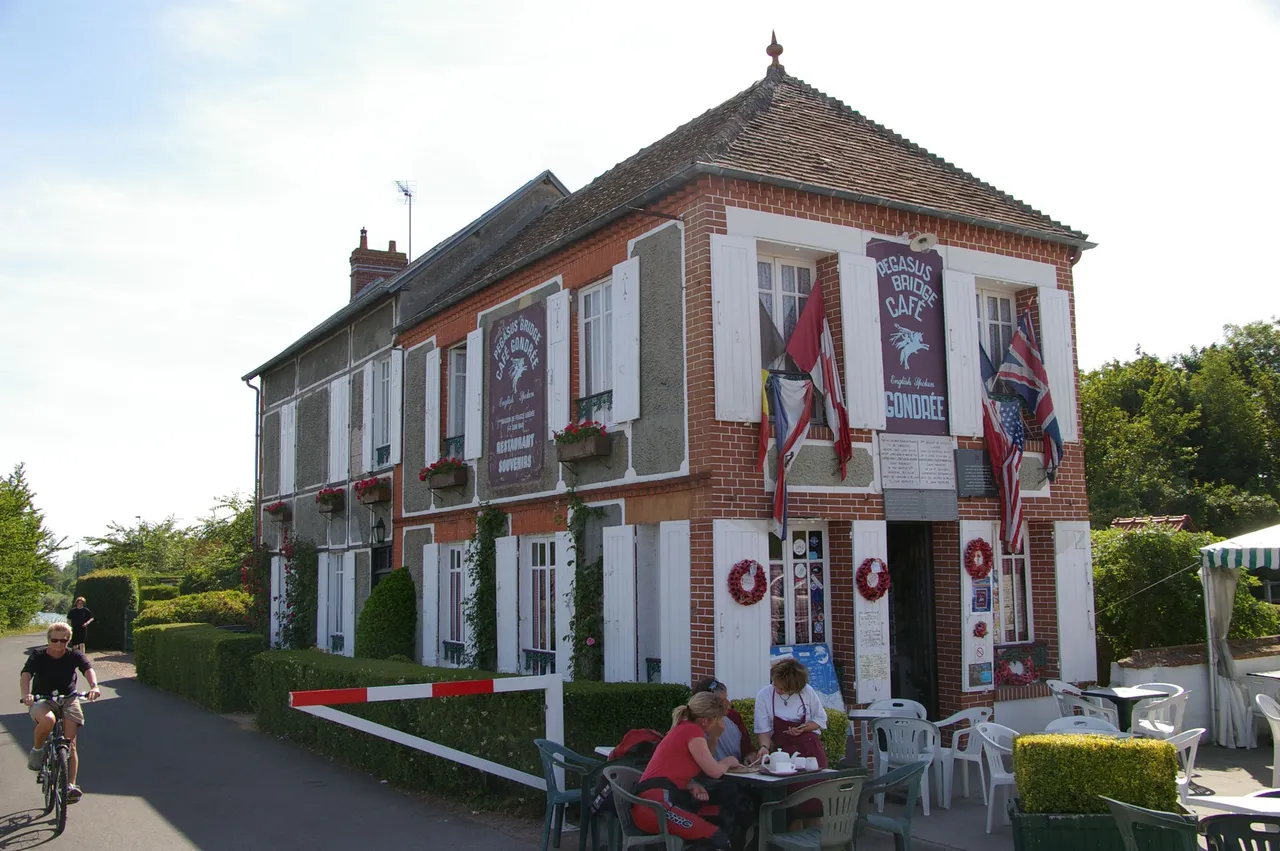
This is possibly the section I know the most about although I have more to share from the American sectors as well. With two areas, St Mare Eglise and Colville American cemetery.
St Mare Eglise was a designated area for the US Airborne to land into on D-day and had one infamous moment relating to it. Where one member of their unit landed with their parashoot getting stuck on the church.
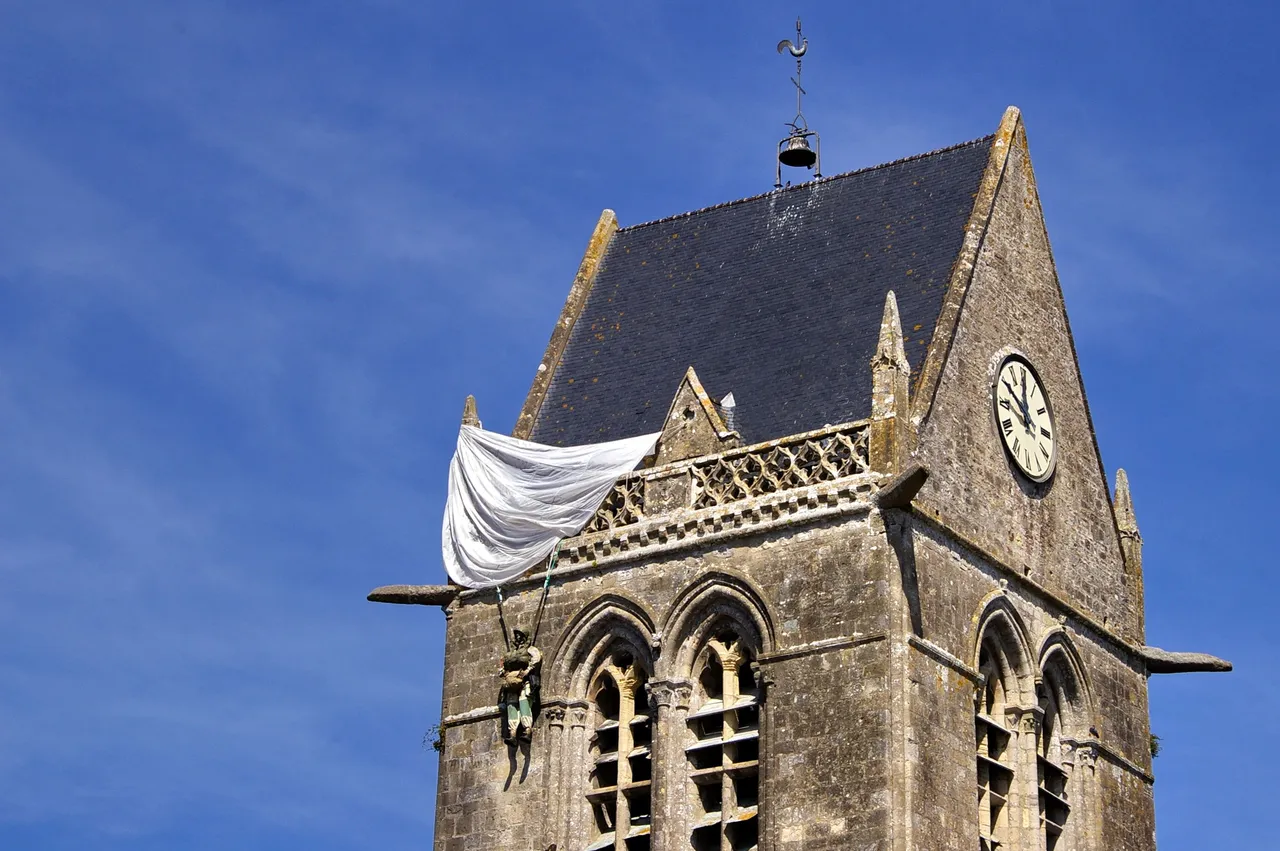
From what I understand, they had two options, try and get free of their shoot and risk being shot by the Germans, or play dead and wait for the rest of the Airborne division to arrive before trying to escape. And I believe he chose the second of the two!
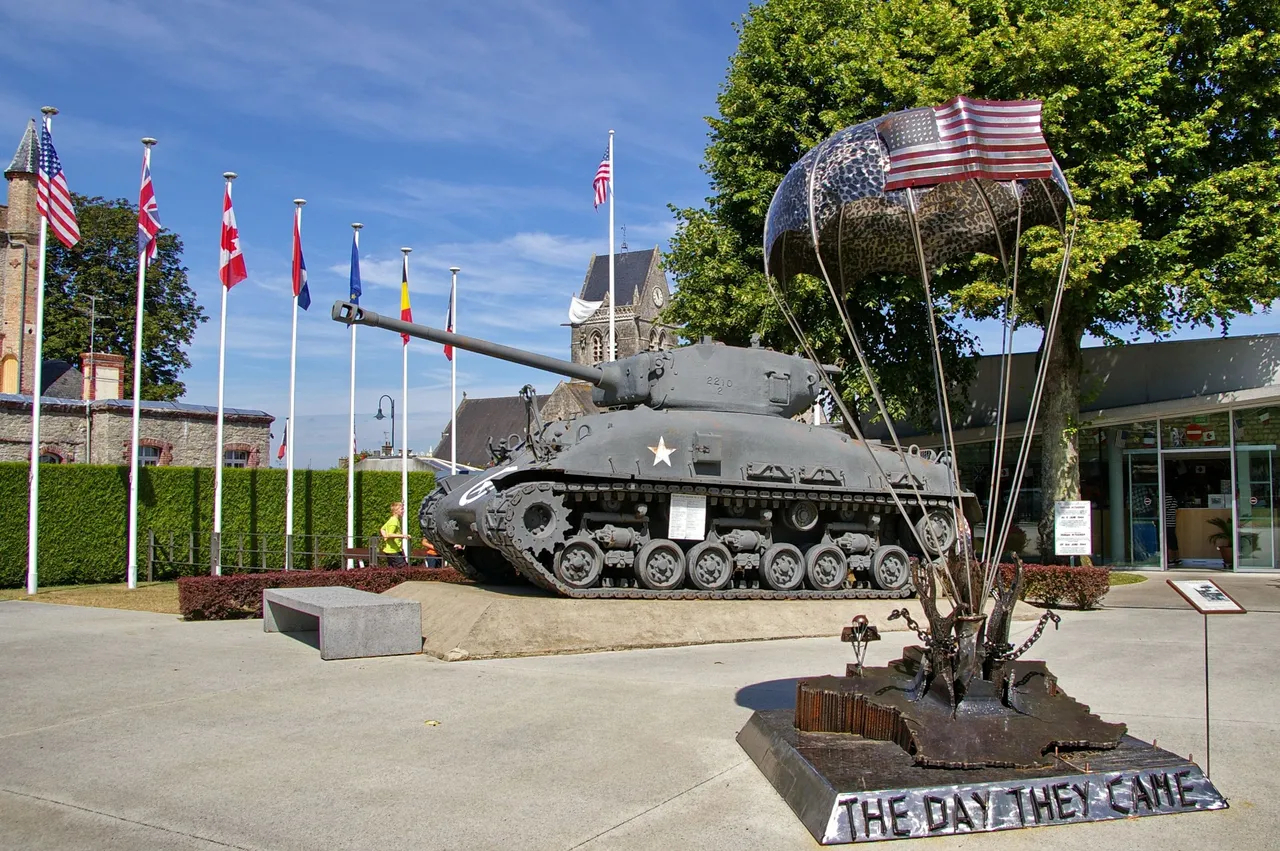
The US used their own glider as well, with this one being a Waco Glider, smaller and more nimble than the Horsa.
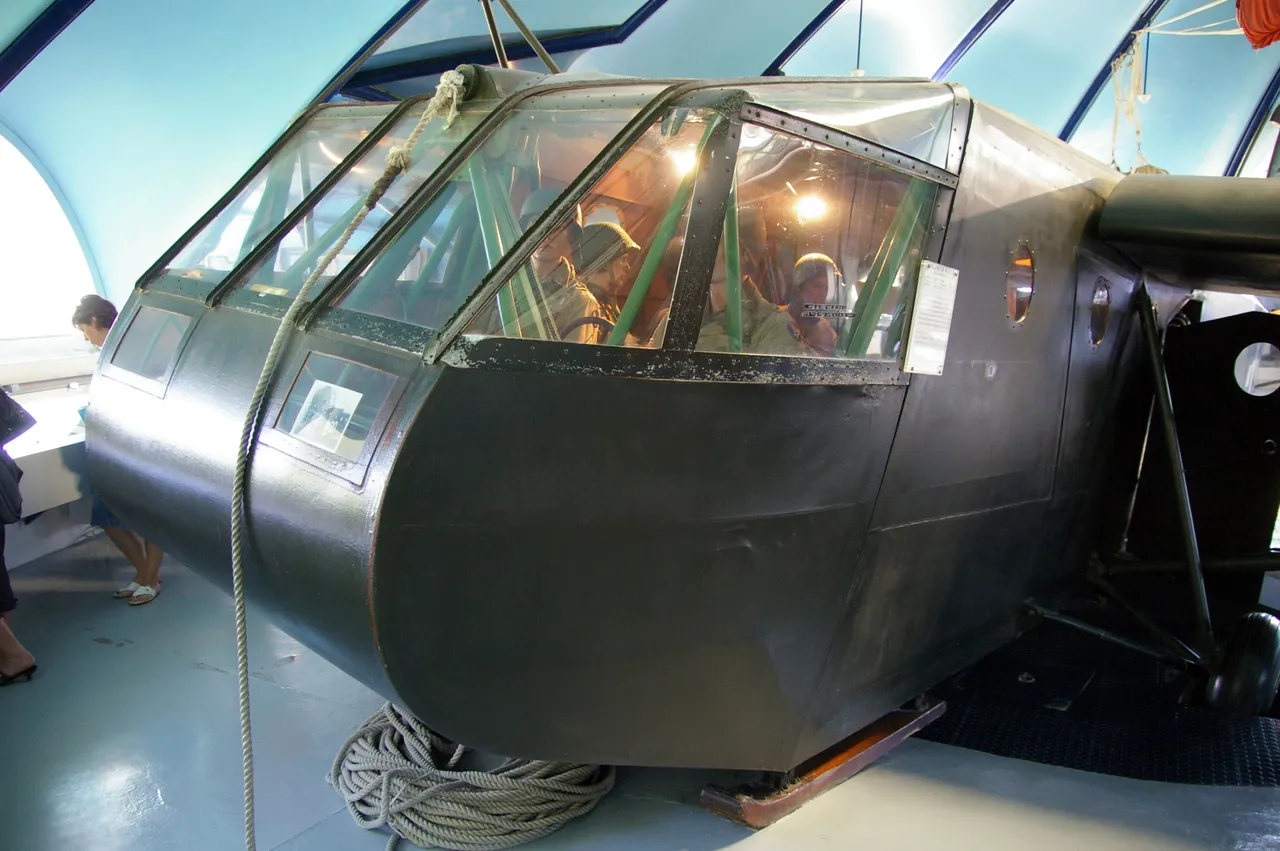
But these would not have been able to take to the air without powered assistance, and just like the Horsa, required the assist of the C-47 to tow them over the channel before being let free.
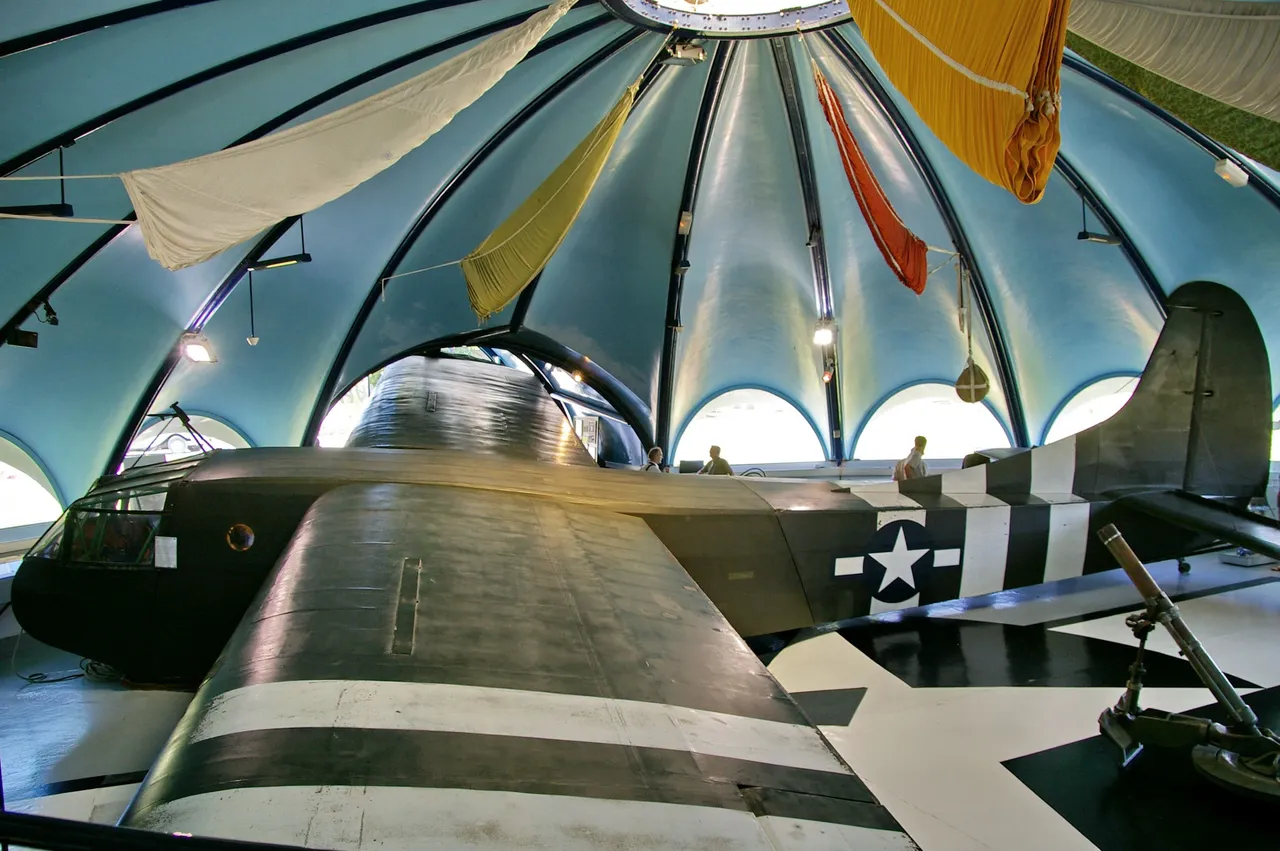
The Argonia being a preserved an example of a C-47 that would have been used for this very task.
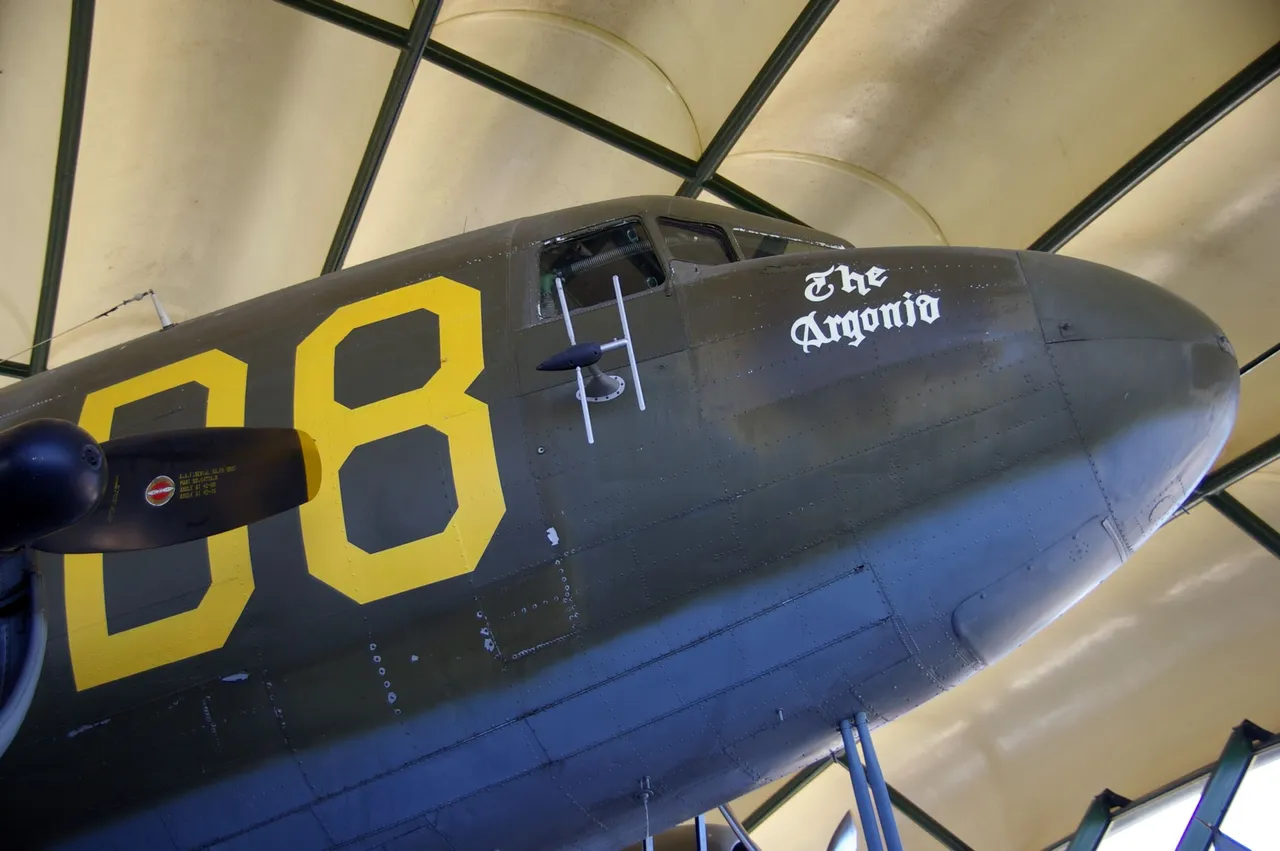
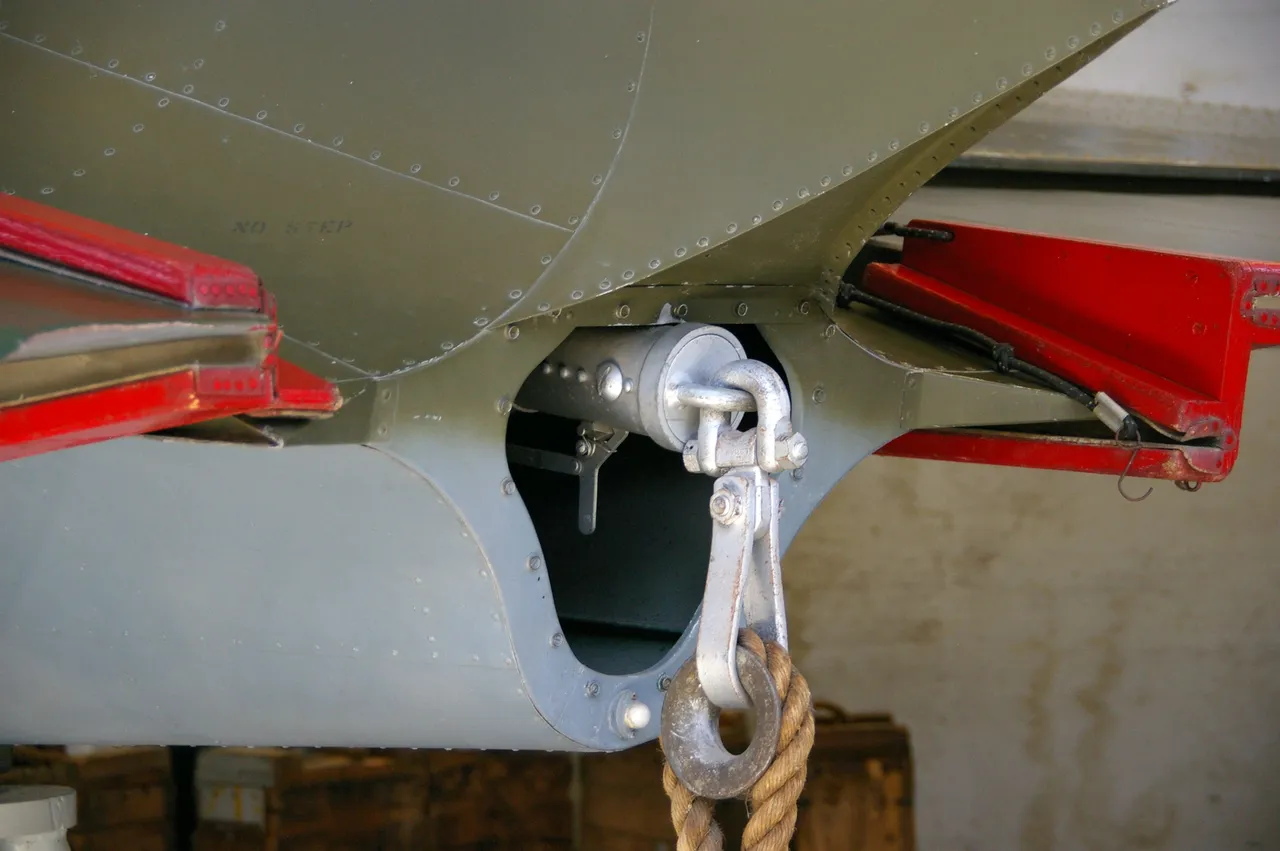
With this towing hook here being used to tow the Waco and Horsas across the Chanel
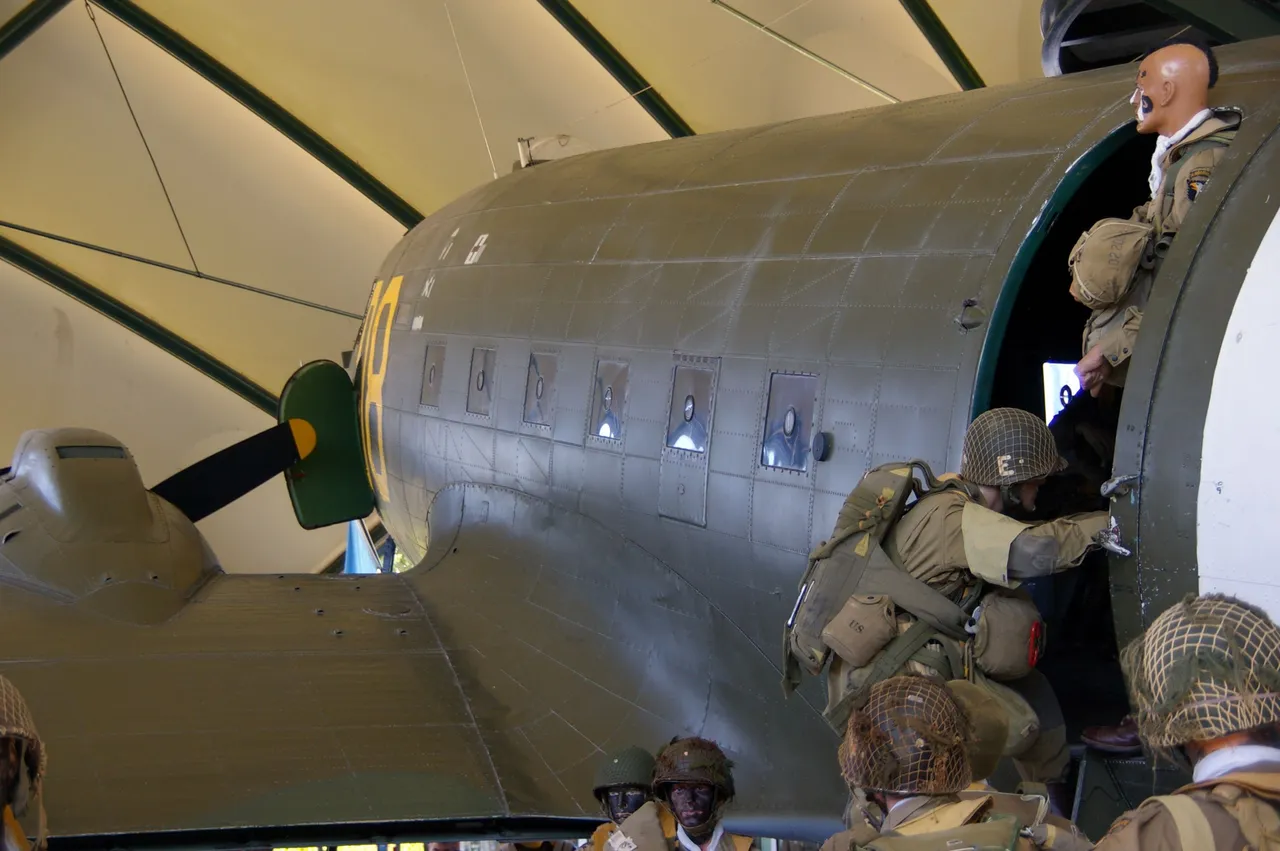
Now the C-47 basically had a dual role, so once it had detached from its gliders, it had a mission to also act as a parashoot carrier for both US and British & Commonwealth Airborne divisions.
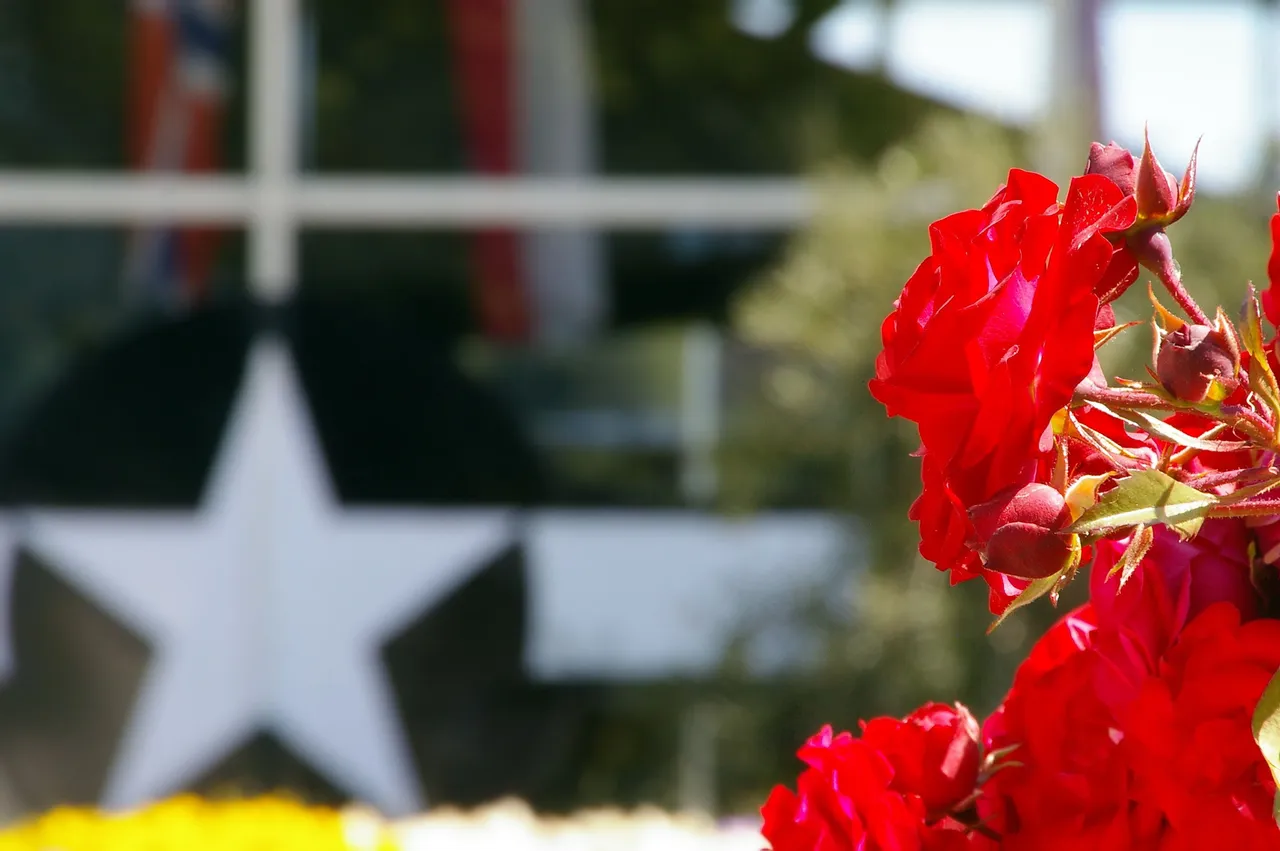
The Normandy American Cemetery, located in Colleville-sur-Mer is one place I don't think words or prior images can prepare you for what you will see here. Immaculately kept, but the vast size and number of headstones here is a real mind opener of how many we lost.
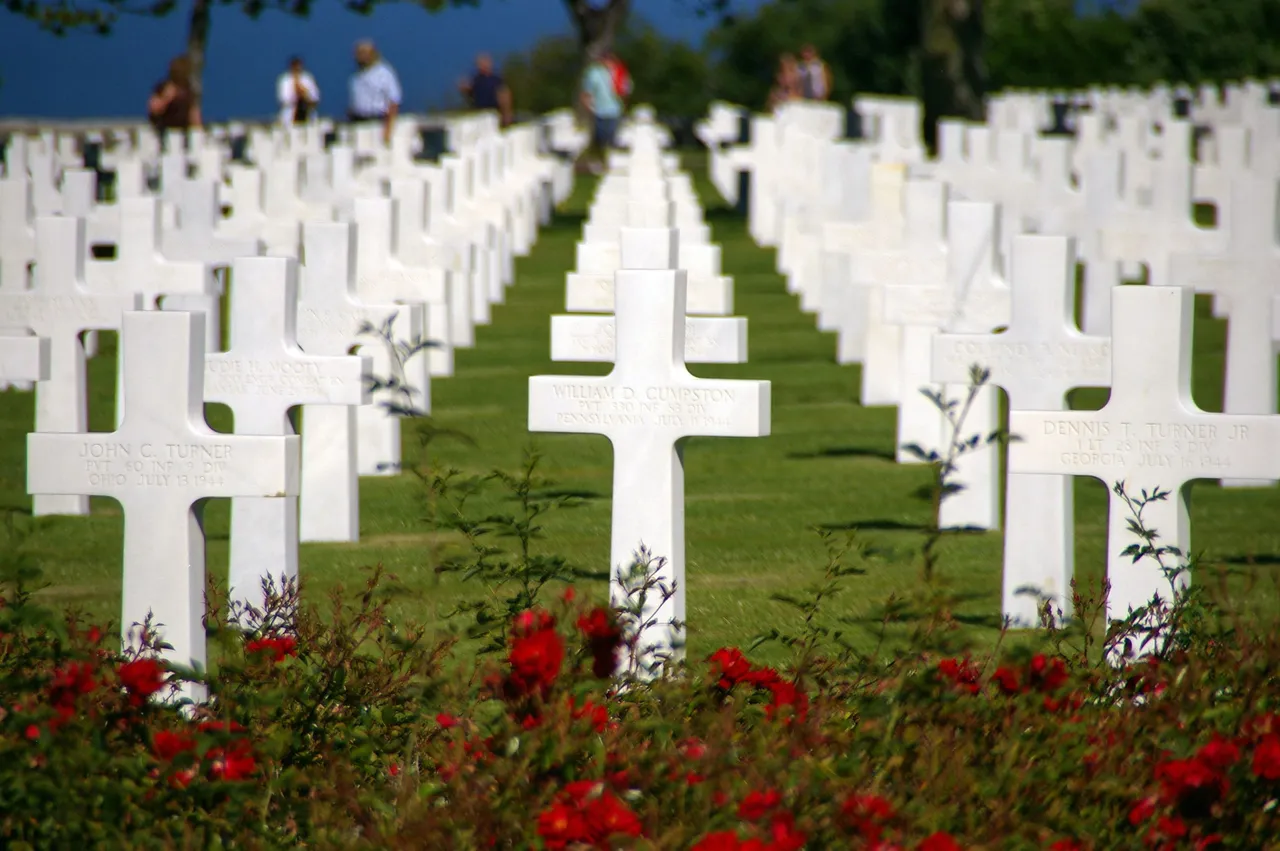
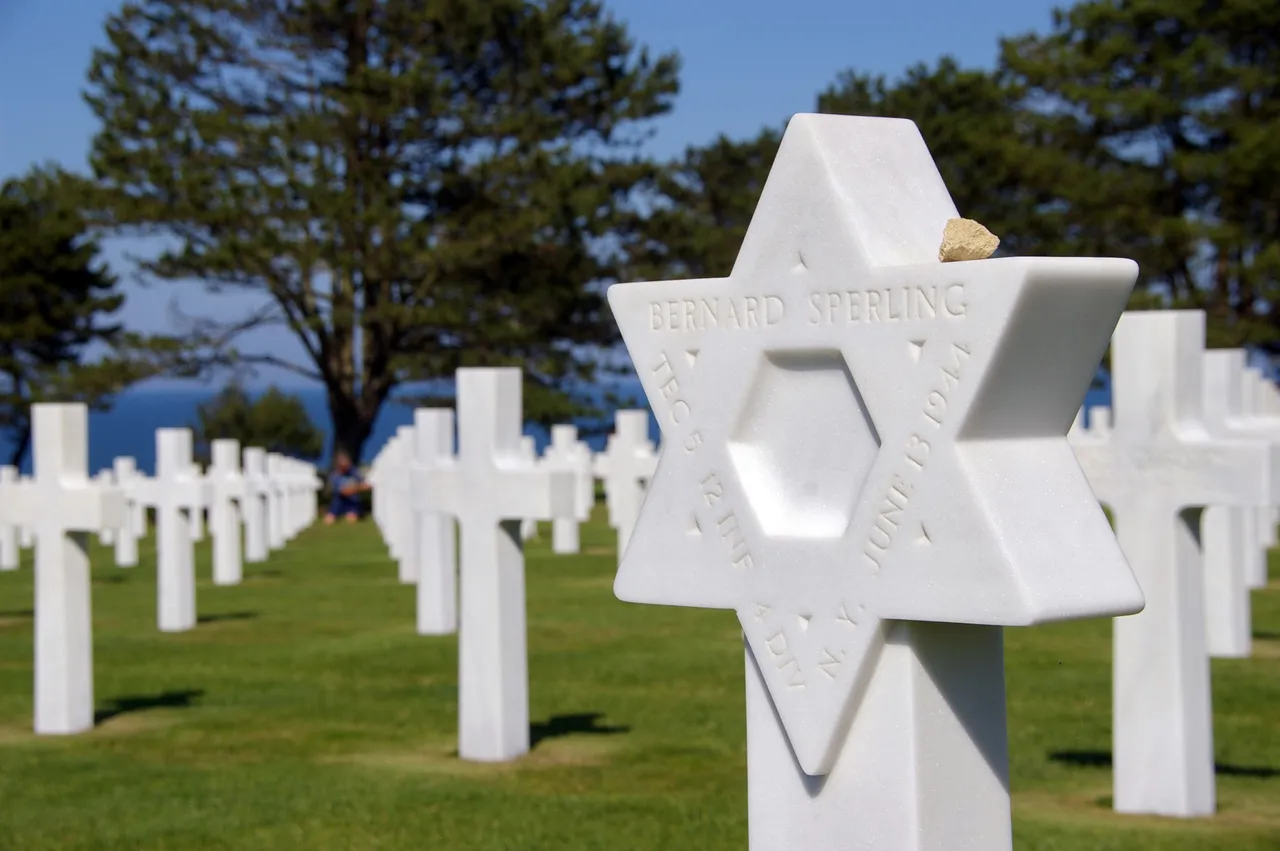
It really is a place that can be so overwhelming, when you realise how much sacrifice there was to protect a future for us today.
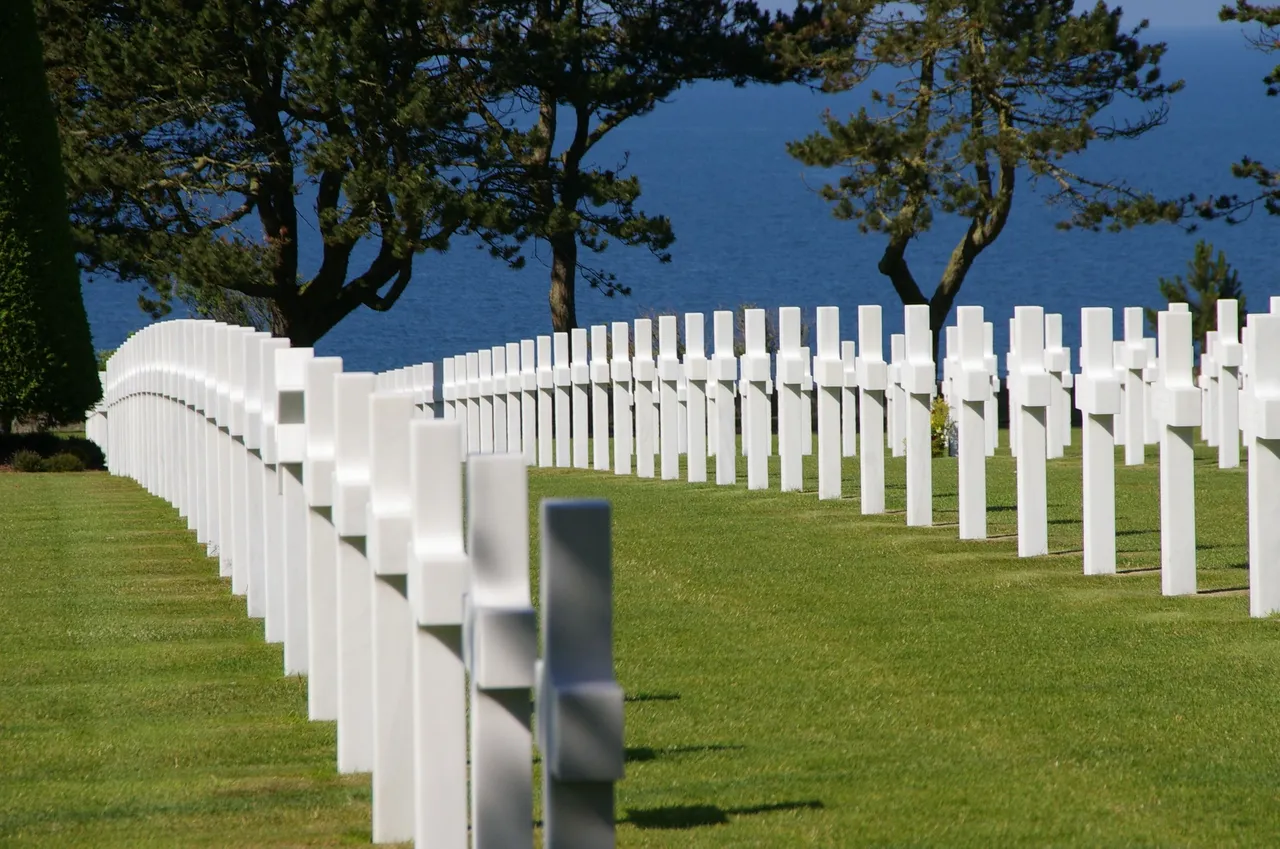
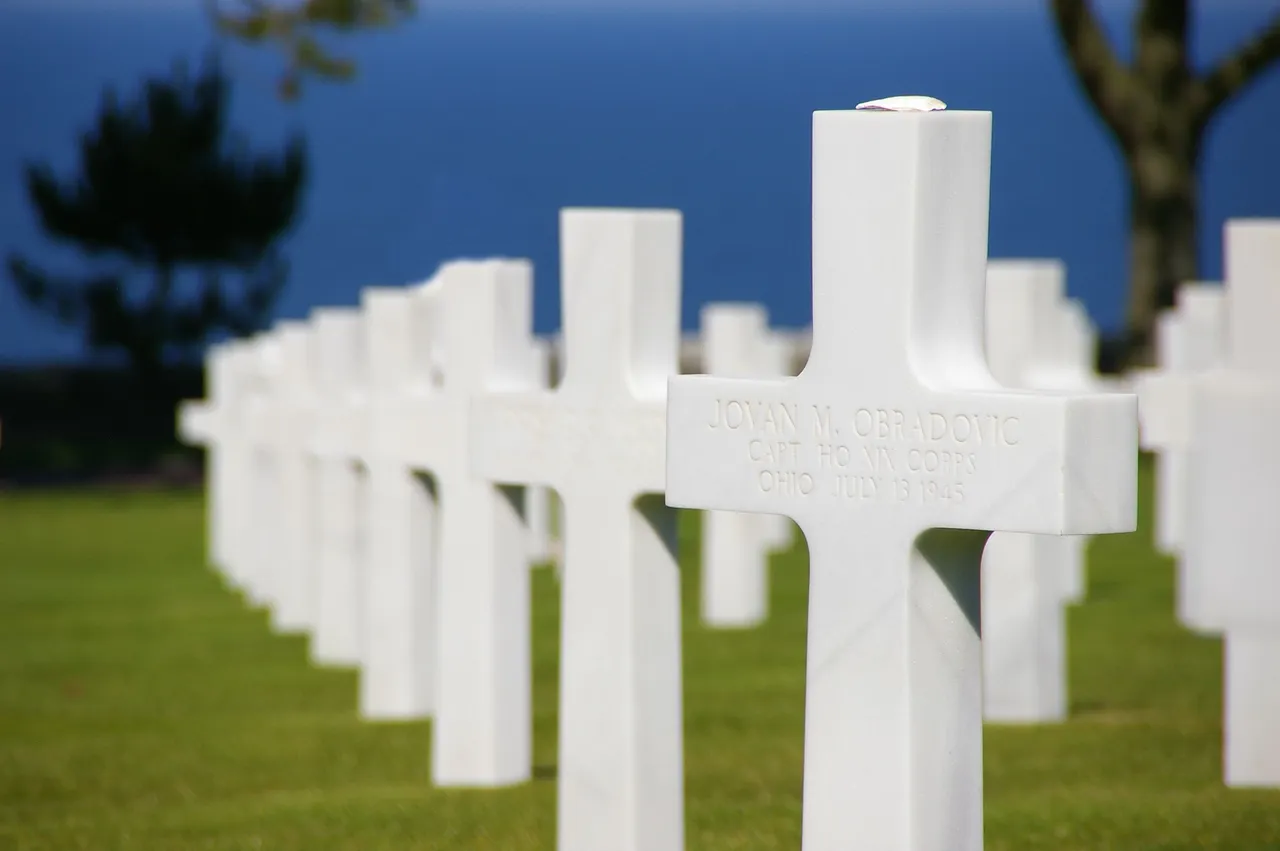
During my visit, I was there for The Last Post where a veteran was honoured with the flag ceremony.

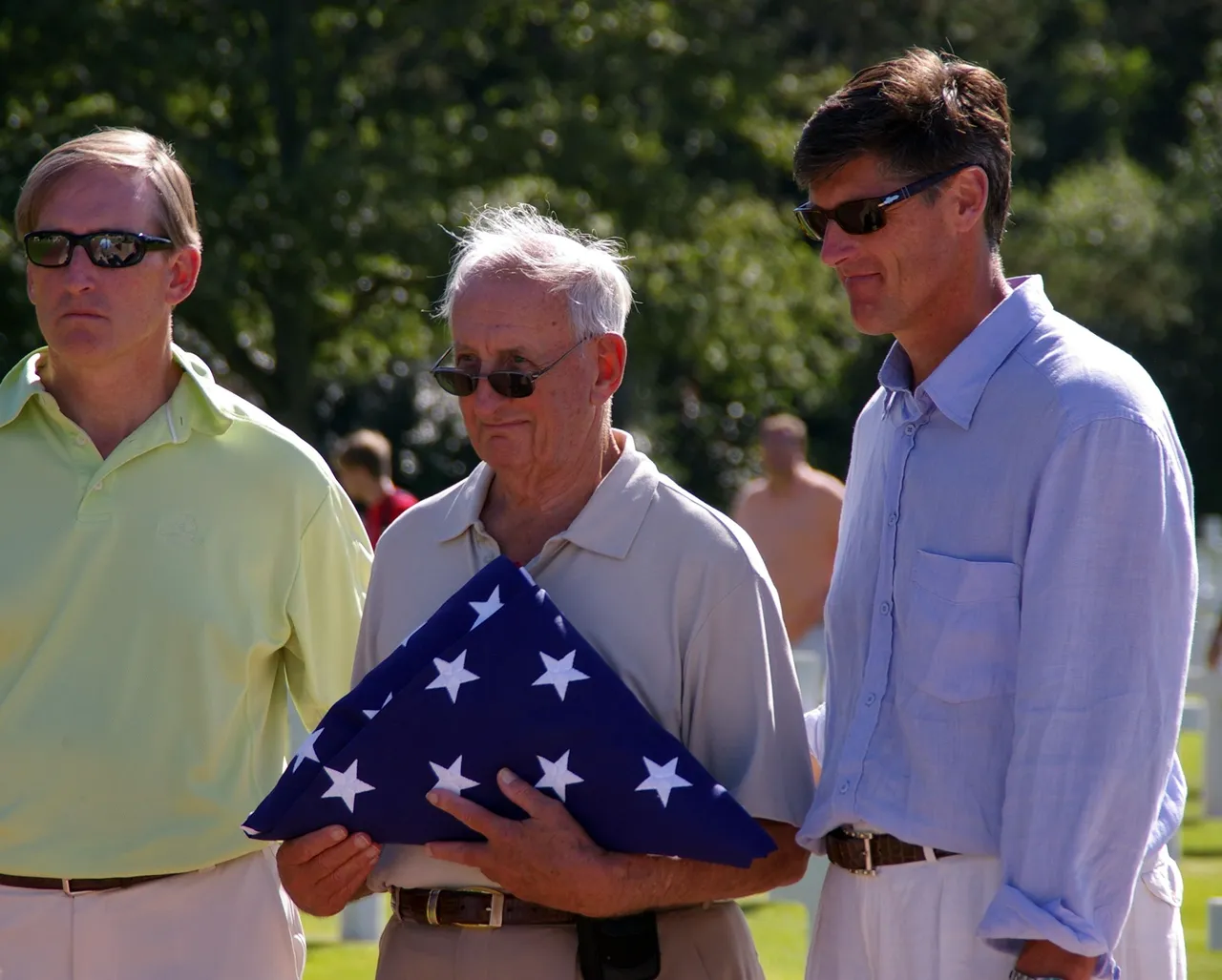
This gentleman sons have been able to help bring their father over so he can pay his respects, to those he served with, and is a moment full of emotion, and for one I can't even imagine how it must have felt.
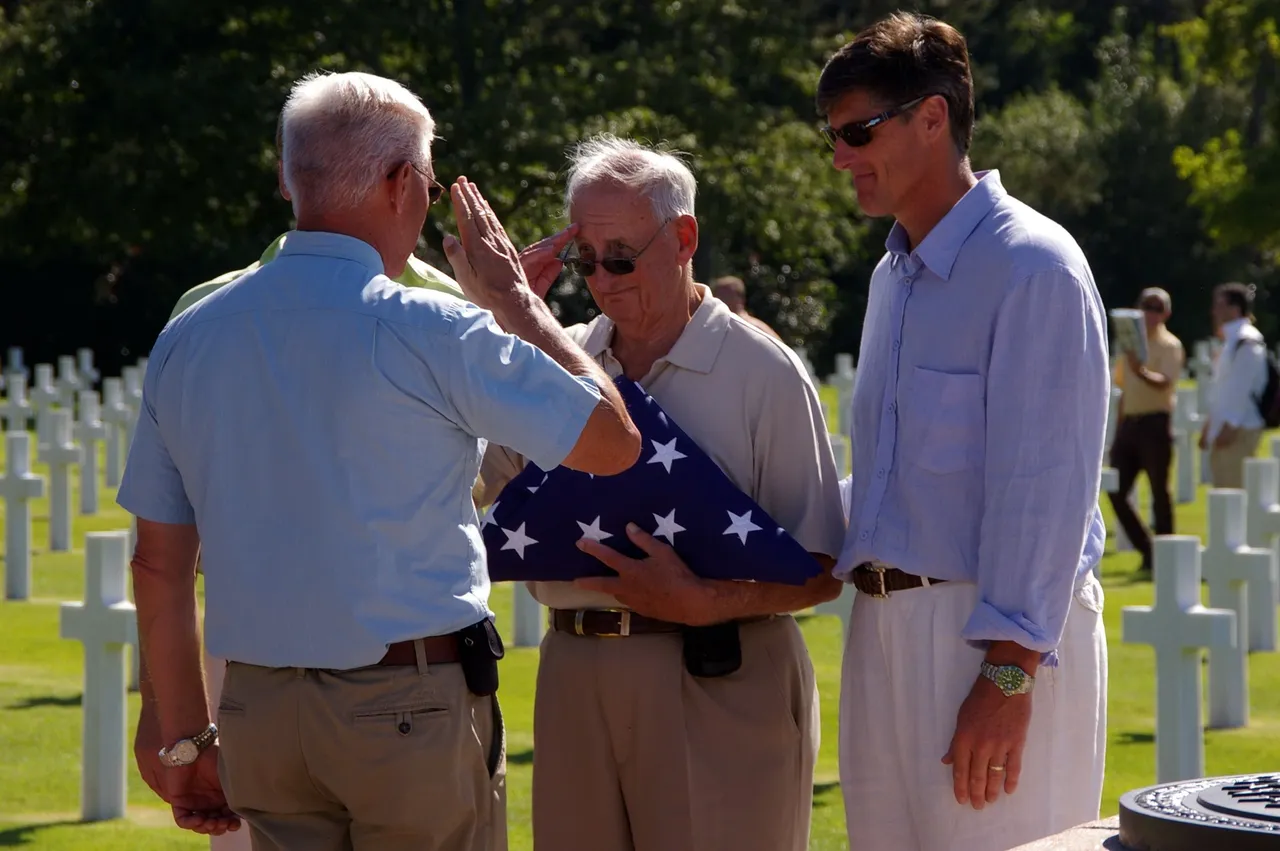
But it is one where honour and respect were definitely felt.
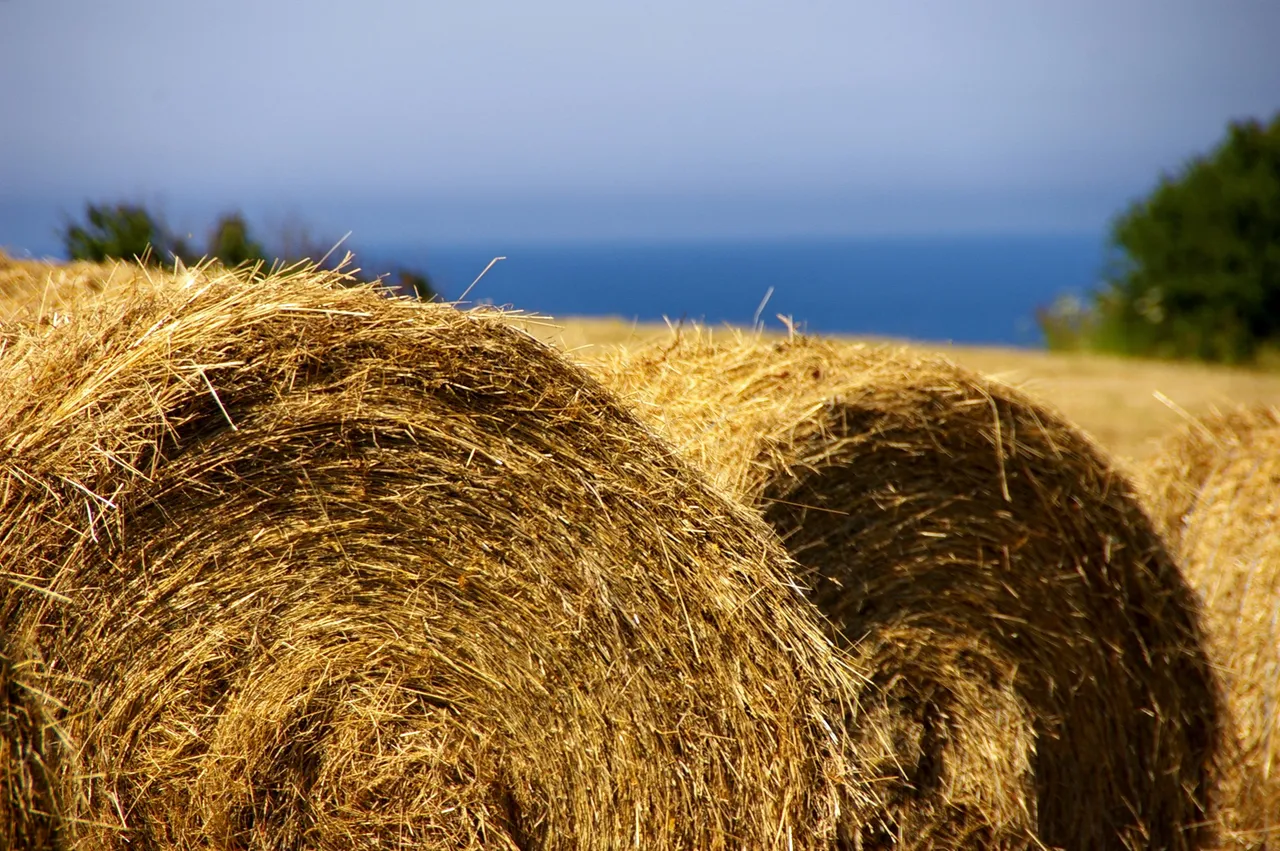
And finally, a couple of images just on the coast of Normandy, right next to what was known as Omaha beach for the landings. A reminder, what was fought for.
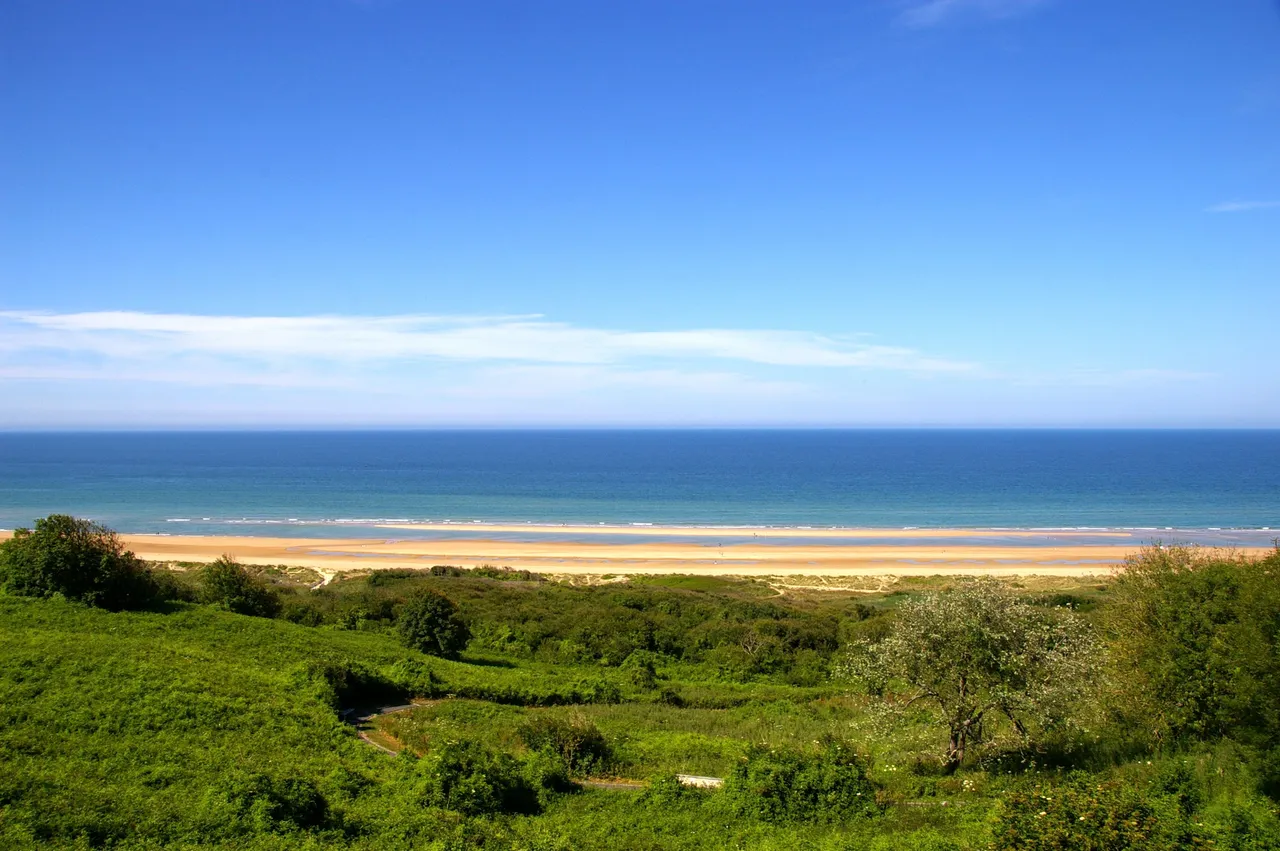
If there is anything I may have wrong in the above, please, feel free to comment, fill gaps in, any errors and I will correct.